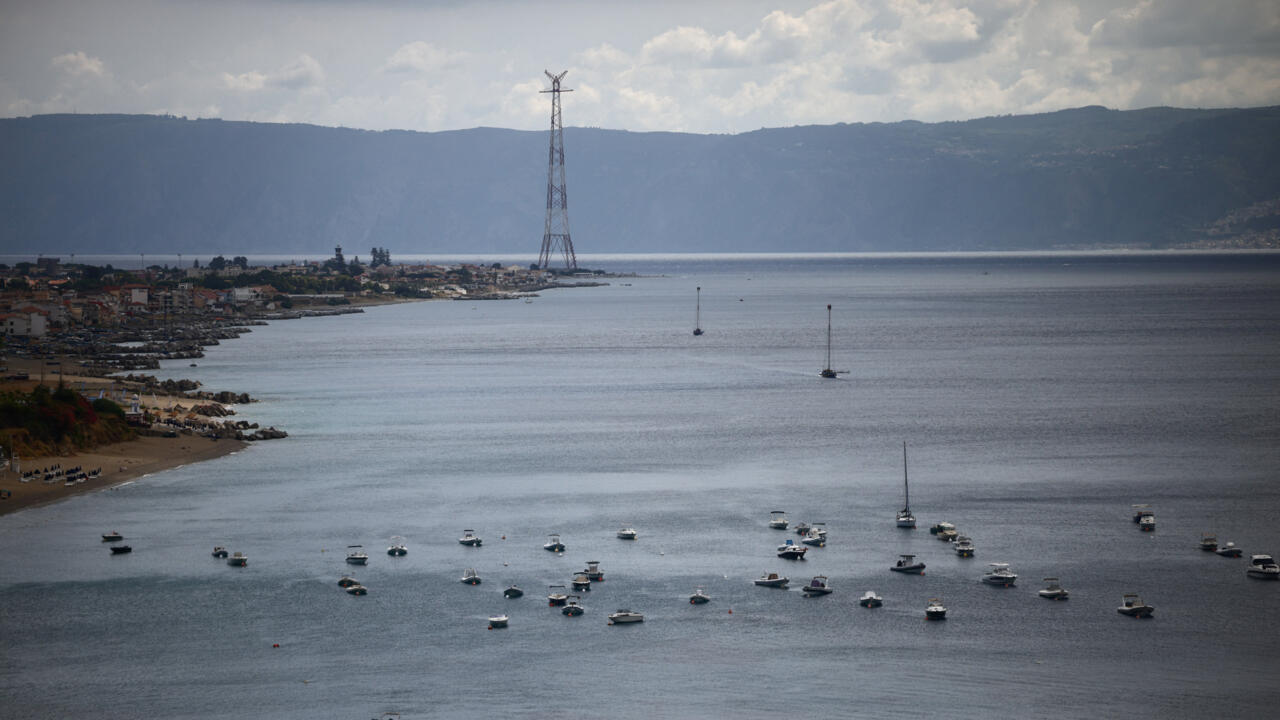Italy’s government has granted final approval for the construction of the world’s longest single-span bridge, set to connect the island of Sicily to the Italian mainland. First proposed in the 1960s, the 3.7-kilometer (2.3-mile) bridge has been seen as a strategic move to stimulate economic development in the country’s underdeveloped southern regions. Prime Minister Giorgia Meloni’s right-wing administration has prioritized the project, allocating €13.5 billion over ten years for its completion.
Approval Triggers Mixed Reactions Amid Earthquake Risks and Environmental Legal Challenges
The approval was issued by the Interministerial Committee for Economic Planning and Sustainable Development (CIPESS), with support from Deputy Prime Minister and Transport Minister Matteo Salvini. According to the Messina Strait Company, the bridge is expected to be completed by 2032.
Although this marks a breakthrough, decades of planning have been delayed by geological, economic, and political obstacles including concerns about constructing a large bridge in an earthquake-prone zone.
Opposition to the bridge remains strong among environmental groups and civic organizations. Critics warn of the environmental damage to the Strait of Messina’s fragile ecosystem and the risks of organized crime infiltrating construction contracts.
Several environmental associations have filed a complaint with the European Union over potential legal and ecological violations. Some local residents argue that the ferry system currently in place is sufficient and more sustainable.
Bridge Seen as Catalyst for Southern Growth and Economic Transformation
Proponents argue the bridge could transform transportation and commerce in southern Italy, particularly by enabling high-speed rail and road links between Sicily and the mainland.
The project was awarded to the Eurolink consortium, led by Italy’s Webuild, with Spain’s Sacyr and Japan’s IHI as partners all companies with global experience in large-scale infrastructure. These supporters see the bridge as essential for connecting and modernizing the southern region.
Preliminary works are expected to begin soon, including archaeological and geological surveys and land acquisitions. Final validation from Italy’s national audit court is still pending but is expected within weeks.
Webuild has projected that construction will create over 100,000 jobs, presenting the project as both a logistical and economic milestone. Despite ongoing concerns, the Meloni government appears resolute in making the bridge a symbol of national progress.

Leave a Reply